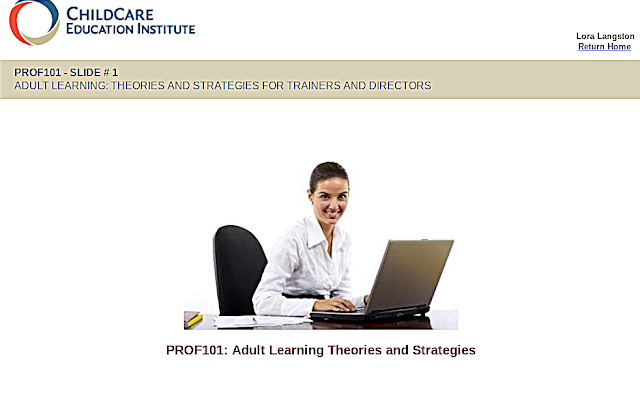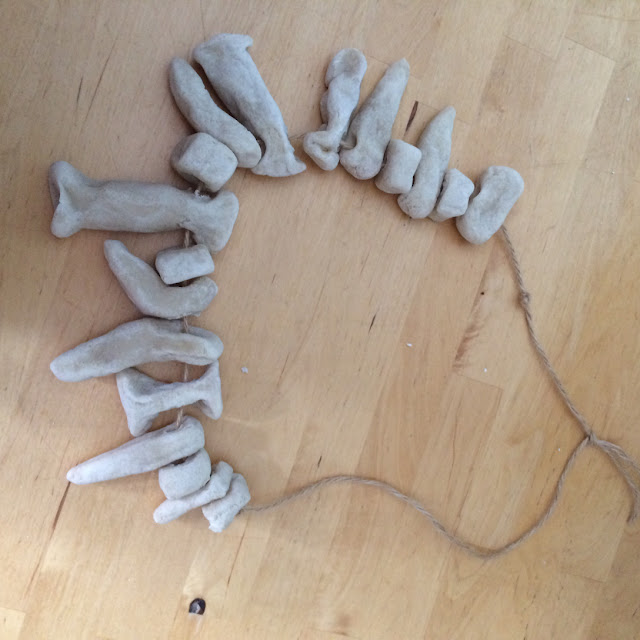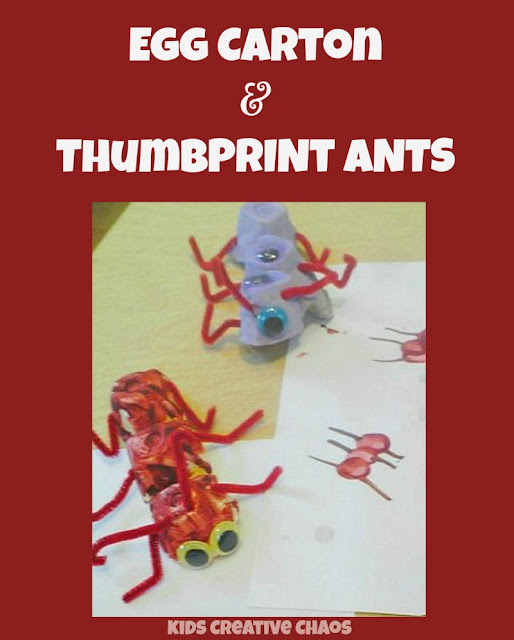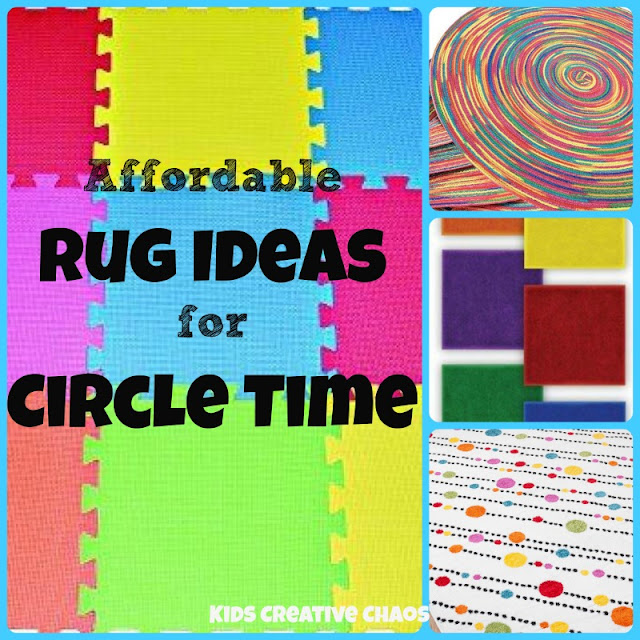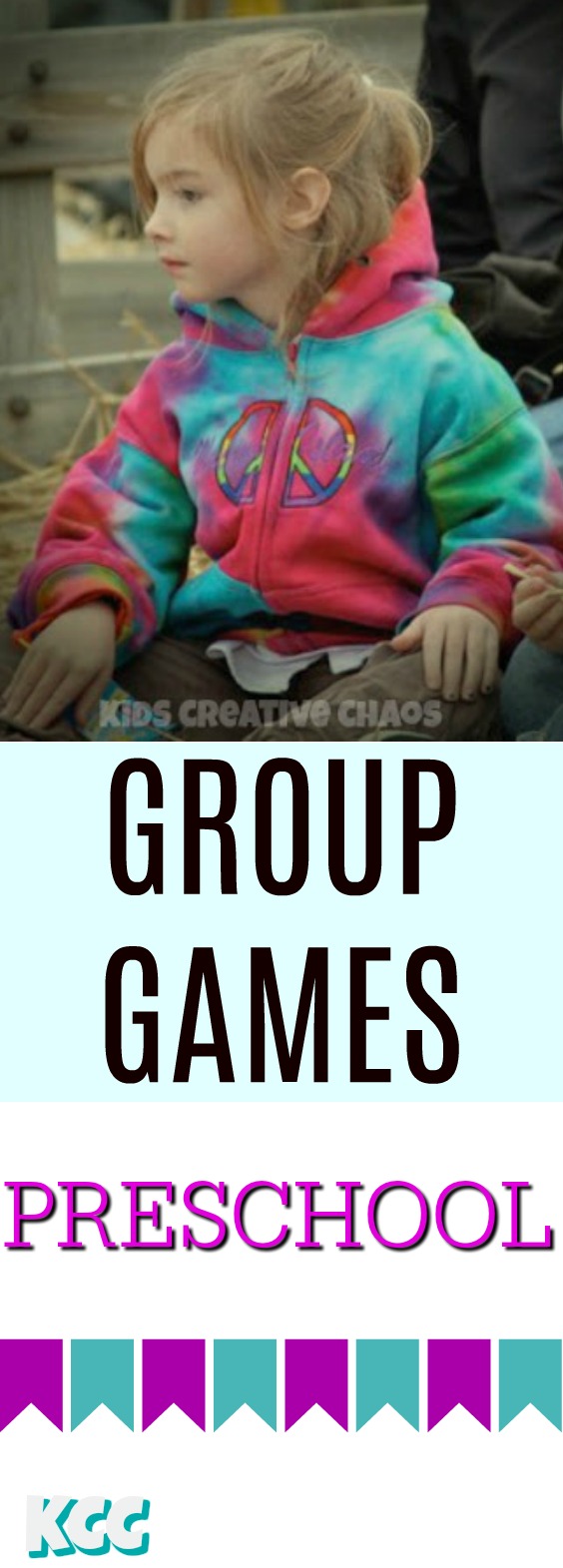The True Secret to Getting Babies to Sleep Through the Night
There's no denying that every parent wants their child to have peaceful sleep throughout the night – an uninterrupted night of great sleep. However, the reality is most kids don’t function that way and will keep waking up time after time, night after night. That’s really frustrating, especially for a parent, you can't sleep if your baby is awake. So what's the secret on how to get babies to sleep through the night?
This post contains Amazon affiliate links.
Even though it’s common for babies and toddlers to wake up frequently and “refuse” to take quality naps during the day, there are some things you can do to help your baby sleep better through the night. If you were wondering what you can do to make bedtime sleep better for your infant or toddler, consider the following tips:
Baby Sleep Tips
1. Avoid Over Tiredness
Overtired babies find it hard to sleep, which means you might think your child can’t sleep, while it’s actually an effect of over tiredness. It's in your best interest to know your baby’s sleep patterns and to avoid keeping them awake for longer than necessary. Doing so can help you catch the earliest signs of tiredness in your baby, hence address them effectively.2. Swaddle your Baby
Most babies love being swaddled, and it makes sense! Newborns have just come from a safe environment in their mother’s womb, and they're used to being held tightly, which is why swaddling a baby makes perfect sense. Besides, a swaddled baby won’t be able to hit themselves in the face, which in most cases, wakes them up. Ensure that your baby is comfortable, wearing overnight diapers, and you'll be surprised by how peaceful their sleep will be through the night (and yours too.)3. Calm your Baby Before Sleep
Babies need some settling time before bedtime, it helps their body to begin a “shut-down” process which enhances better sleep. This is the time when you turn off the TV or music, take your baby to their bedroom which is a quieter environment, and let them have their settling time (10 – 15 minutes.) There are different ways to calm down a baby, dimming the lights and ensuring that the room temperature is perfect are both helpful options. Also, playing nature sounds such as chirping sounds of crickets and other calming nature sounds can help soothe baby. With these calming techniques, your baby’s mind will easily adjust, allowing them to fall asleep faster and easier.4. Have a Routine
According to Sleep Reports, a sleep routine for baby’s nap times and bedtimes can help. As far as sleeping is concerned, our bodies “learn” and adjust so that they're always ready for the same process. A bedtime routine can involve activities such as bathing your baby, changing their clothes, feeding them, and then observing some “quiet time.” After the bath, it’s always a good idea to avoid playing, and preserve such moments for cuddling and giving your baby the comfort they need to help them fall asleep faster.5. Avoid Over-stimulation
If your baby can't sleep, the best thing you can do is avoid overstimulating them. Look around your baby’s room, and you’ll notice it’s probably very stimulating. Lots of shapes, colors, sounds, objects, and even other people.Of course that was the plan, you designed it to stimulate your baby’s senses. One of the ways babies get overstimulated is when you play with them at bedtime or giving them toys to keep them company. This causes them additional stimulation and makes it hard for them to sleep throughout the night. It’s the same as when an older child plays video games at bedtime.
6. Embrace the Sun
When a baby’s “body clock” is off schedule, it can be “reset” by exposing it to the sun, whether it means opening the blinds once your baby is awake or taking them for a morning walk in their stroller. Wondering how that makes them sleep better? If your baby’s sleep patterns aren't set, they’ll have some trouble sleeping through the night. However, correcting that by exposing them to sunlight once they wake up, helps your baby sleep better at night.7. Avoid Sleeping Props
Another thing you'll want to keep in mind is that babies learn by association. Once you understand that, you should discourage using sleep props to lure your baby to rest. Sleep props are things that you regularly use, such as, feeding or cuddling, to encourage your baby to sleep. If you use sleeping props as solutions to get your baby to fall asleep, your baby will get used to them, which means you have to use such “solutions” every time the baby needs to sleep. As long as your baby is relaxed and not over-stimulated or over-tired, you don’t have to stimulate them to fall asleep – they’ll do so automatically.8. Handle Night Wakings
It’s normal for your baby to wake up at night for diaper changes and nighttime feeding during the first few months. When such situations arise, they should be handled correctly so that your baby won’t find it hard to go back to sleep again.The most important thing you can do is to ensure you remain in their bedroom if it’s time to feed or change their diapers. Don’t take them to another room or they'll learn this routine. Also keep the room as dark as you can, but ensure that you can see around the room comfortably. You also have to avoid making any unnecessary interactions with your baby – stick to simple feeding and changing.
Once you’ve done everything your baby needs, it’s time to get your baby back to sleep. This is something you need to do quickly to ensure your baby doesn’t get confused thinking it’s time to rise and shine. Make it less complicated, as you want your baby to start learning that they need to sleep through the night.
In some cases, your baby might wake up only for you to find out that they're not hungry nor do they need a diaper change. During such times, you should only give them gentle pats or strokes to encourage them to go back to sleep.
As a result, getting your baby to sleep through the night shouldn't be impossible. One thing you need to remember is that some babies are just better at sleeping than other babies, which is why the above tips might not always work effectively for every kid out there. If you have repeated issues with bouts of crying, you’ll want to check your baby for colic or other health concerns.
Recommended:
Articles on Sensory Baby Play
Homemade Non-Toxic Safe Face Paint for Babies
Shop for Babies


